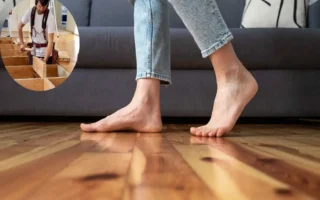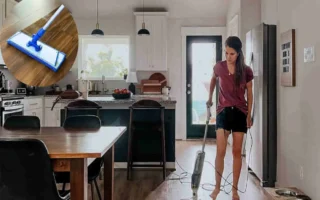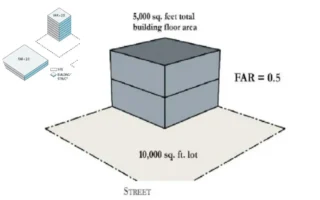Refinishing your floors can breathe new life into your home, making it look fresh and inviting. But what if you don’t want to move out during the renovation process? It’s a common concern for many homeowners. The good news is that with the right planning and approach, you can successfully refinish your floors while still living in your house.
Why do homeowners want to avoid moving out during renovations? To begin with, it’s often more convenient and cost-effective. Additionally, staying in your home allows you to keep a close eye on the progress and make decisions on the spot. But let’s face it, the thought of living through a renovation can be daunting. That’s where this guide comes in. We’ll break down the process into manageable steps, helping you navigate the challenges and reap the rewards of a beautifully refinished floor.
Understanding the Refinishing Process
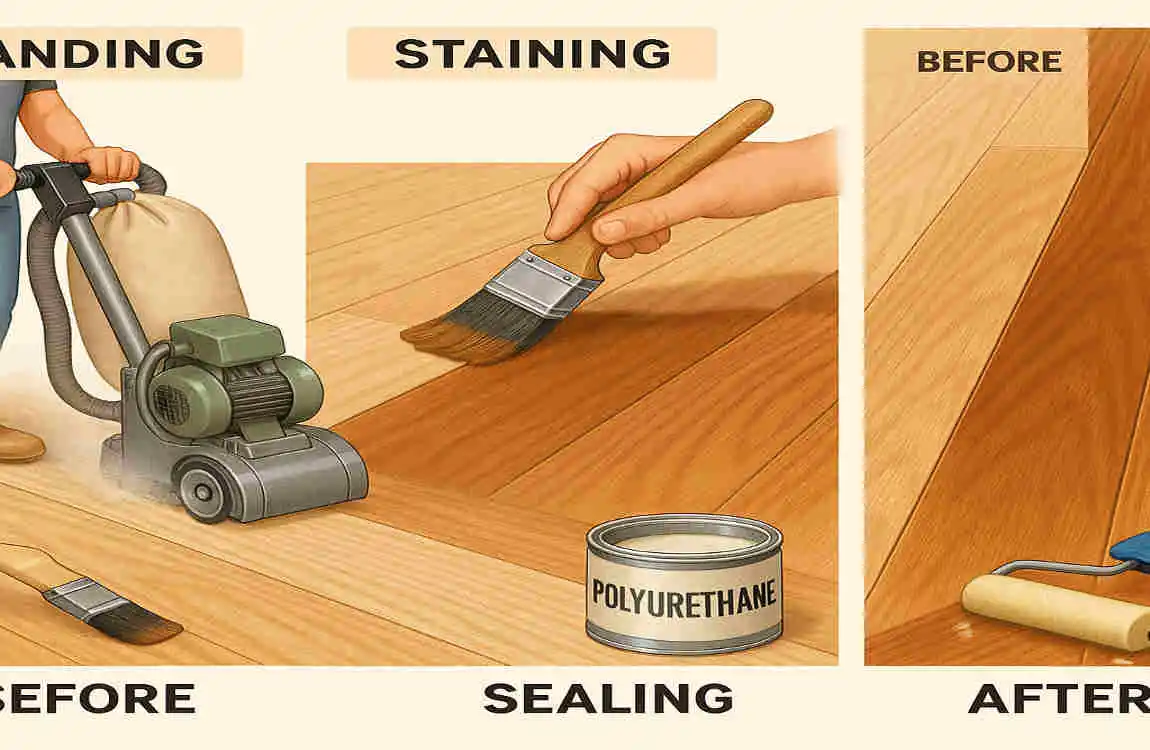
Before diving into the specifics of refinishing floors while living in your house, let’s take a moment to understand what the process entails. Floor refinishing typically involves three main steps: sanding, staining, and sealing.
Sanding
Sanding is the first and most crucial step in the refinishing process. It involves removing the old finish and any imperfections from the floor’s surface. This is done using a floor sander, which can be rented from most hardware stores. The goal is to achieve a smooth, even surface that’s ready for staining.
Staining
Once the floor is sanded, it’s time to apply the stain. This is where you can get creative and choose a colour that complements your home’s decor. The stain is applied using a brush, roller, or rag, and it’s important to work in small sections to ensure even coverage.
Sealing
The final step in the refinishing process is sealing the floor. This protects the stain and adds a layer of durability to the surface. There are various types of sealants available, including polyurethane, water-based, and oil-based options. The choice depends on your preferences and the level of protection you want for your floors.
The entire refinishing process can take anywhere from a few days to a week or more, depending on the size of the area and the drying times of the products used. Proper preparation is key to ensuring a smooth and efficient renovation.
Planning Your Project for Living-in Renovation
Now that you have a basic understanding of the refinishing process, let’s delve into the specifics of planning a project while living in your own home. The key is to schedule the work in a way that minimises disruption to your daily life.
Scheduling Work
One approach is to break the project into manageable sections. For example, you could start with one room and work your way through the house, allowing you to continue living in the unaffected areas. This not only reduces overall disruption but also provides the opportunity to monitor progress and make any necessary adjustments along the way.
Communicating with Family
It’s important to communicate with your family members about the project timeline and expectations. This helps everyone stay on the same page and minimises any potential frustrations. Set clear boundaries for the work areas and establish a plan for navigating the house during the renovation.
Choosing the Right Time of Year
The time of year can also significantly impact the success of your project. Ideally, choose a time when the weather is mild, as this allows for better ventilation and faster drying times. Avoid humid or rainy seasons, as these can prolong the drying process and potentially lead to issues with the finish.
Safety Precautions When Refinishing Floors While Living in the House
Safety should always be a top priority when undertaking any home renovation project, especially when you’re living in the space. Here are some key precautions to keep in mind:
Air Quality Concerns
Refinishing floors can generate a significant amount of dust and fumes, which can be harmful if inhaled. To minimise these risks, ensure proper ventilation in the work areas. Open windows and use fans to circulate fresh air. Consider using air purifiers to further improve the air quality.
Protective Gear
Both residents and workers should wear appropriate protective gear during the refinishing process. This includes dust masks, safety glasses, and gloves. Encourage everyone to keep these items on hand and use them whenever they’re in the work areas.
Keeping Children and Pets Safe
If you have young children or pets, take extra precautions to keep them safe during the renovation. Set up barriers to prevent them from entering the work areas, and keep any hazardous materials out of reach. It’s also a good idea to have a plan in place for where they’ll stay during the most intensive parts of the project.
Using Low-VOC Products
Whenever possible, opt for low-VOC (volatile organic compound) or eco-friendly products. These have lower levels of harmful chemicals, making them safer for both the environment and your family. While they may be slightly more expensive, the peace of mind they offer is well worth the investment.
Preparation Before Refinishing Begins
Proper preparation is key to a successful floor refinishing project, especially when you’re living in the house. Here’s what you need to do before the work begins:
Clearing and Protecting Furniture
Start by clearing the room of all furniture and belongings. If you can’t move everything out, cover the remaining items with plastic sheets to protect them from dust and debris. Take this opportunity to declutter and eliminate any items you no longer need.
Setting Up Temporary Living Spaces
If you’re refinishing a frequently used area, such as the living room or kitchen, consider setting up temporary living spaces in other parts of the house. This could be as simple as moving a few chairs and a table into a spare bedroom or basement. The goal is to create a comfortable space where you can retreat during the most intensive parts of the project.
Sealing Off Work Areas
To prevent dust from spreading throughout the house, seal off the work areas as much as possible. Use plastic sheets and tape to cover doorways and vents, creating a contained space for the refinishing process. This not only minimises the mess but also helps with safety and efficiency.
Checklist of Materials and Tools
Before starting the project, make sure you have all the necessary materials and tools on hand. This includes:
- Floor sander and sandpaper
- Stain and applicators (brushes, rollers, or rags)
- Sealant and applicators
- Dust masks, safety glasses, and gloves
- Plastic sheets and tape for sealing off work areas
- Fans and air purifiers for ventilation
- Cleaning supplies for dust management
Having everything ready to go will help the project run smoothly and minimise any last-minute trips to the hardware store.
Step-by-Step Guide: How to Refinish Floors While Living in the House
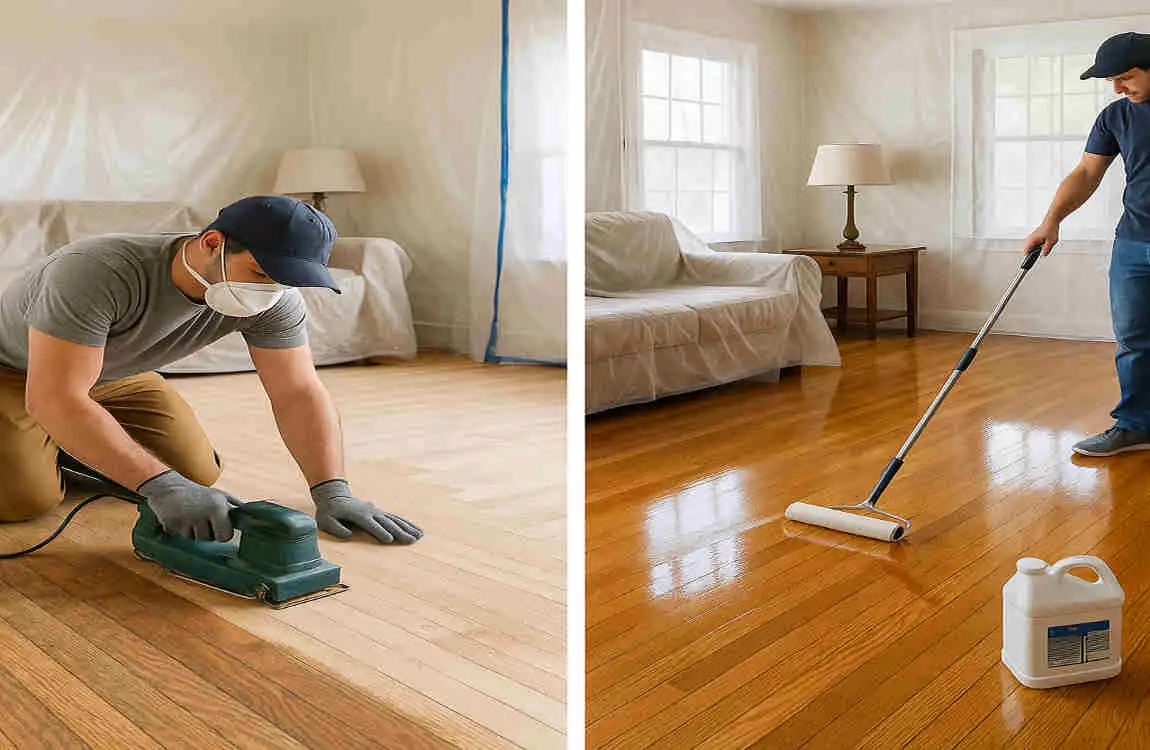
Now that you’ve completed the necessary planning and preparation, it’s time to begin the actual refinishing process. Here’s a step-by-step guide on how to refinish floors while living in your house:
Sanding the Floors Safely in Sections
Start by sanding the floors in small, manageable sections. This allows you to control the dust and keep the work area contained. Begin in one corner of the room and work your way across, using the floor sander to remove the old finish and any imperfections. Be sure to wear a dust mask and safety glasses during this process.
Cleaning and Dust Management Techniques
After sanding each section, it’s crucial to clean up the dust before moving on to the next step. Use a vacuum with a HEPA filter to remove as much dust as possible, then follow up with a damp mop to catch any remaining particles. Consider setting up a dust containment system, such as a plastic tent, to further minimise the spread of dust throughout the house.
Applying Stain and Sealant with Minimum Disruption
Once the floor is sanded and clean, it’s time to apply the stain. Work in small sections, using the stain evenly with a brush, roller, or rag. Allow the stain to dry according to the manufacturer’s instructions before moving on to the next section. Once all sections are stained, apply the sealant in the same manner, taking care to work in a well-ventilated area.
Allowing Proper Drying Times Without Shutting Down Your Entire Living Area
Drying times can be a challenge when refinishing floors while living in your house. To minimise disruption, work in phases, allowing each section to dry completely before moving on to the next. This may mean temporarily relocating to another part of the house while waiting for the finish to cure. Be patient and avoid walking on the freshly refinished floors until they’re fully dry.
Repeating in Phases to Live in Parts of the Home
By breaking the project into phases, you can continue living in parts of your home while the refinishing process takes place. For example, you might start with the bedrooms, allowing you to sleep in the unaffected areas while the living room and kitchen are being refinished. This approach requires careful planning and communication with your family, but it can make the process much more manageable.
Minimising Stress During the Renovation
Renovating your floors while living in your house can be stressful, but there are steps you can take to minimise the impact on your daily life. Here are some tips for staying organised and maintaining your sanity during the project:
Keeping Organised with a Detailed Timeline and Checklist
Create a detailed timeline and checklist for the project, breaking it down into smaller, manageable tasks. This will help you stay on track and ensure that nothing falls through the cracks. Share the timeline with your family members and contractors, so everyone is on the same page.
Effective Cleaning Routines to Control Dust Daily
Dust management is crucial when refinishing floors while living in your house. Establish a daily cleaning routine to keep the dust under control. This may include vacuuming work areas, wiping down surfaces, and using air purifiers to enhance air quality. Encourage everyone in the household to participate in the cleaning efforts to maintain a tidy living space.
Tips for Maintaining Normal Routines Around Construction
While it’s impossible to completely avoid disruption during a renovation, you can take steps to maintain your normal routines as much as possible. Set up temporary living spaces in unaffected areas of the house, and establish clear boundaries around the work zones. Communicate with your family about the project timeline and any necessary adjustments to your daily schedules.
Communicating with Contractors and Managing Expectations
When working with professional contractors, clear communication is essential to a successful project. Set expectations upfront about the timeline, budget, and scope of work. Regularly check in with the contractors to monitor progress and address any concerns that may arise. Don’t be afraid to speak up if something isn’t going according to plan – after all, it’s your home and your investment.
Choosing Flooring Products Suitable for Living-in Refinishing
When refinishing your floors while living in your house, it’s important to choose products that are suitable for the unique challenges of this type of project. Here are some factors to consider:
Best Sealants and Stains for Fast Drying and Low Odour
Look for sealants and stains that have fast-drying times and low odour. This will help minimise the disruption to your daily life and reduce the amount of time you need to stay out of the refinished areas. Water-based products tend to dry faster and have less odour than oil-based options, making them a good choice for living-in refinishing projects.
Tools and Equipment Designed for Low-Dust Operation
Invest in tools and equipment designed to minimise dust during the refinishing process. This might include a floor sander with a built-in dust collection system, as well as HEPA-filtered vacuums for cleanup. These tools can help keep the dust under control, making it easier to live in your house during the renovation.
Comparing Traditional vs Modern Eco-Friendly Products
When choosing your flooring products, consider the environmental impact of your choices. Traditional products may contain harmful chemicals and VOCs, while modern eco-friendly options are designed to be safer for both your family and the planet. While eco-friendly products may be slightly more expensive, they offer peace of mind and a healthier living environment.
Real-Life Tips from Experts and Homeowners Who Renovated While Living In
To give you a better sense of what it’s really like to refinish floors while living in your house, let’s hear from some experts and homeowners who have been through the process.
Interviews with Flooring Professionals
We spoke with several flooring professionals who have experience with living-in refinishing projects. Here’s what they had to say:
“The key to a successful project is careful planning and communication. Work with your clients to establish a clear timeline and set expectations for the renovation process. And always prioritise safety – use low-VOC products and take steps to minimise dust and fumes.” – John Smith, Flooring Contractor.
“Breaking the project into phases is a great way to minimise disruption. Start with the least-used areas of the house and work your way through, allowing your clients to continue living in the unaffected spaces. And don’t forget to protect their belongings – cover furniture and set up dust barriers to keep the mess contained.” – Jane Doe, Flooring Expert.


